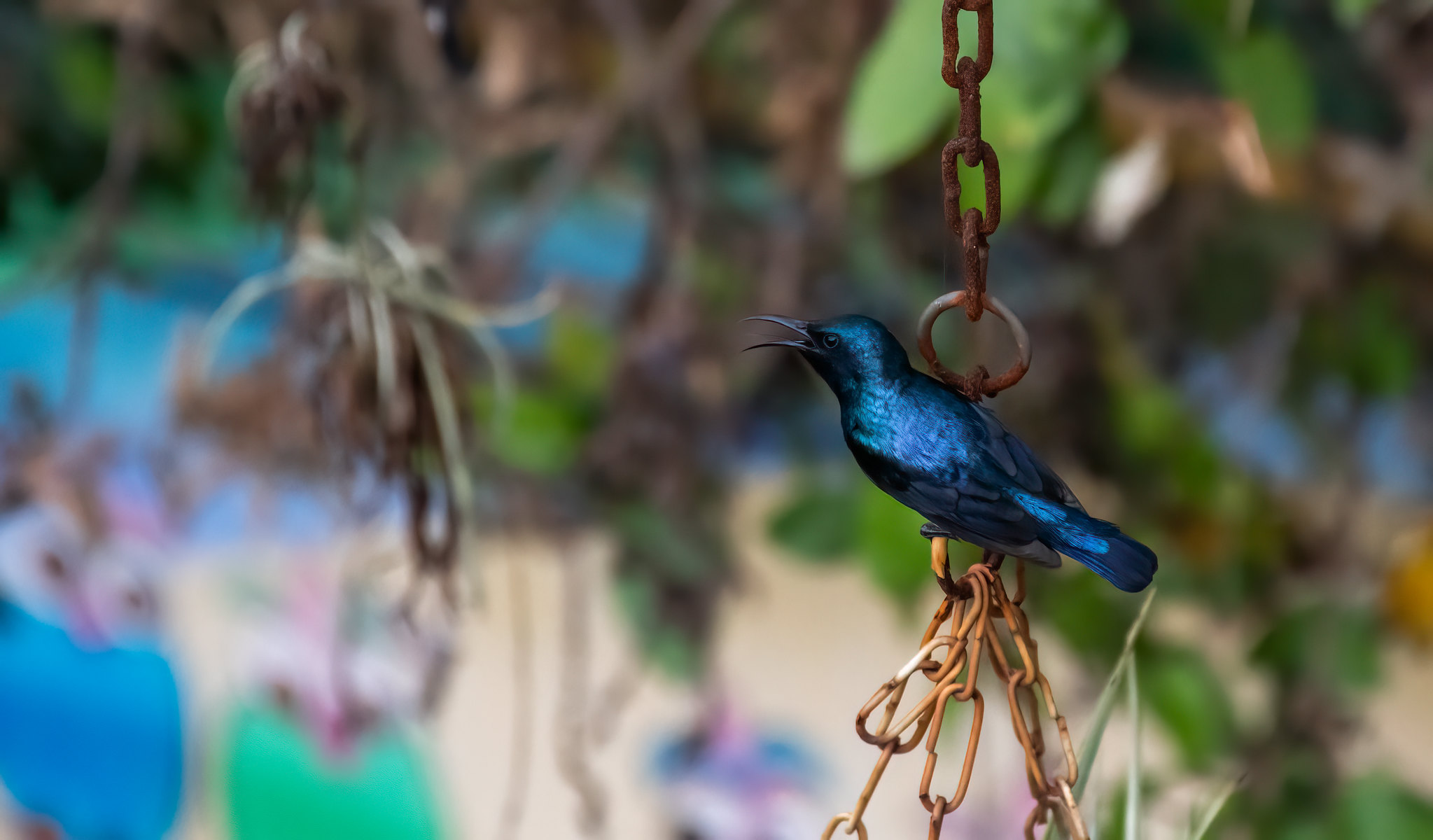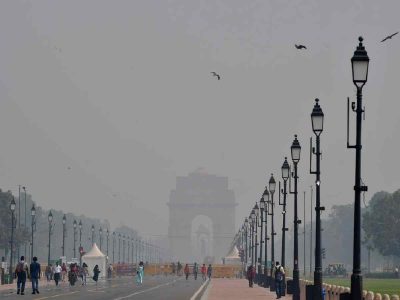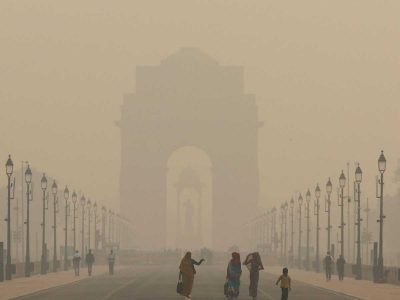The trimonthly bird atlas by Delhi government’s Department of Forest and Wildlife that begins this month, is expected to provide adequate data on birds — both resident and migratory — besides helping the government in urban planning and other matters.
This is the first time the Department will conduct such a census.
“The biggest benefit of this survey is that we will make an atlas which will reveal the distribution of species of birds. It will help in identifying the steps that need to be taken. So, this atlas will be a powerful tool,” Sohail Madan, wildlife ecologist and CEO of WildTales, told Patriot.
“This is a welcome step by the government, and we have high hopes from it because the number of birds has been decreasing here over the last decade. It should be systematic and backed by data. We can find out the current situation/baseline [of birds] through this. If it happens in a good way, it can help to make conservation plans in the future.”
Madan, who is a renowned birdwatcher, explained the importance of it for human beings.
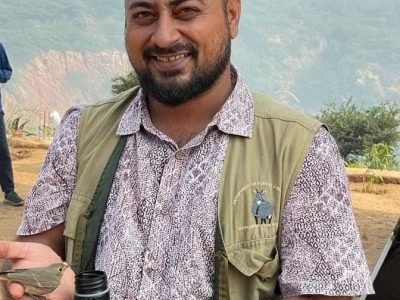
“First, we need to understand why birds are important to us. There are various reasons for it. Some birds help in pollination. In this process, birds fly from a one flower and fruit to another and eat them. This helps to sow seeds through excretion. Some other birds help to remove garbage, which prevents spreading of diseases in the society. Like vultures, who eat the meat of dead cattle that can spread pandemic. Birds are also friends of farmers and eat insects and moths, snakes among others.”
Habitat loss
Madan said further, “In the Delhi-NCR area, birds come from different areas such as Siberia, Kazakhstan while some come from mountain areas. Some, called the passage migrants, incidentally land here for a brief while. But overall, the number has hugely decreased. The biggest reason behind this is that the habitats of birds such as wetlands, ponds among others are shrinking slowly, especially in Delhi. This is called ‘habitat loss’.”
Madan also touched on the decline of certain breeds like sparrows.
Madan added, “Some birds, such as sparrows, can’t be seen now. They could be seen everywhere in the past but not now. They aren’t extinct but have migrated to places where the numbers of insects are much higher.”
But has there been an impact?
“Due to the decrease of birds? Yes, surely! It has had an impact on nature and ecosystem, but I can’t say anything correctly without proper studies. For example, in 1960, the Chinese government encouraged killing of sparrows. They thought that sparrows eat wheat, so by killing they could save the wheat. But it had an adverse impact. When the number of sparrows decreased, the number of insects increased and they harmed the wheat. The loss of wheat increased by an extra 20%.”
Madan has done bird surveys of Asola Bhatti Wildlife Sanctuary.
He said there are around 250 types of birds, including migrates and also those critically endangered.
Statistical Model
When asked about the process of conducting the survey, Madan said, “It is grade-wise with statistical modelling. We divide Delhi into grades and count different places at hopefully the same time. Then, with the help of the statistical model, we find out the final numbers.”
He confessed that it is not completely accurate but it gives an idea and helps in giving the approximate number.
“We human beings are a part of wildlife, and in this ecosystem, birds are as important as humans.”
Delhi-based birdwatcher Nikhil Devasar has been closely following nature and wildlife for over 20 years. He is the founder of ‘Delhi Bird Foundation’.
Devasar’s journey and relationship with birds and nature began with two people and has now touched thousands over two decades.
He told Patriot, “The migration of birds was low this year compared to last year. And it’s happening due to climate change. Forest, water and greenery are decreasing. This is affecting it.
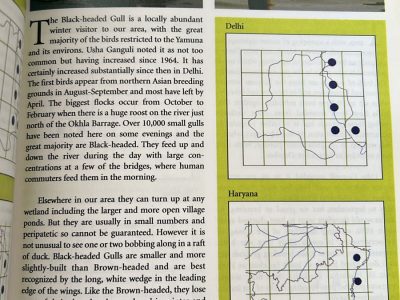
“Actually, birds come down to eat food. When on mountains, and if the snowfall is not happening there, they manage food there. Then there is no need to come down [to cities].”
Devasar’s expertise has resulted in the publication of several books including on birds about Delhi.
He said further, “Basically, the government wants to check the actual situation through this census, because no study has happened until now. Last year in Delhi-NCR, we counted that the number of species of birds was 253, while this year it has decreased to 234.”
He also conducts awareness campaigns and educational programmes on birds for young people, educates schoolchildren, and organises census of Delhi’s birdlife through the Big Bird Day, which is an annual event.
“The total bird list of Delhi is around 500 of which half are migrants. Some birds arrive in summer but mostly they come to Delhi in winter. In some areas of Delhi-NCR, birds have occupied high-rise buildings like in Gurugram, where there were many wetlands in the past but there aren’t many now.”
Anand Pendharkar, who is the founder of ‘Sprouts’, is a bio-diversity expert. He has done bird-walks in Asola Bhatti, Green Park, Aravalli among other places.
“The census is a good initiative. They can find out the actual situation through it. Study of birds is very important for the survival of human beings too. For example — if suddenly the death of crows increases, then it could be a possible sign of an upcoming dangerous disease. Kerala killed ducks due to fear of disease. So, counting of bird is important,” he told Patriot.
“With the increase in urbanisation, the habitats of sensitive and migratory birds are being destroyed. On the other hand, garbage dumps are also increasing which is profitable for some birds like kites. In housing societies too, pigeons are getting enough space.”
Pendharkar, who has put bird walk data on an e-bird app, said further, “An important thing is that a great backyard bird count happened on February 16-19. This is an annual global event where people collect data from all over the world. The good thing is that in this counting, individual people from society are involved and they find out the numbers of birds.
“The government should involve school students in it. It can also improve urban planning.” said Pendharkar.

